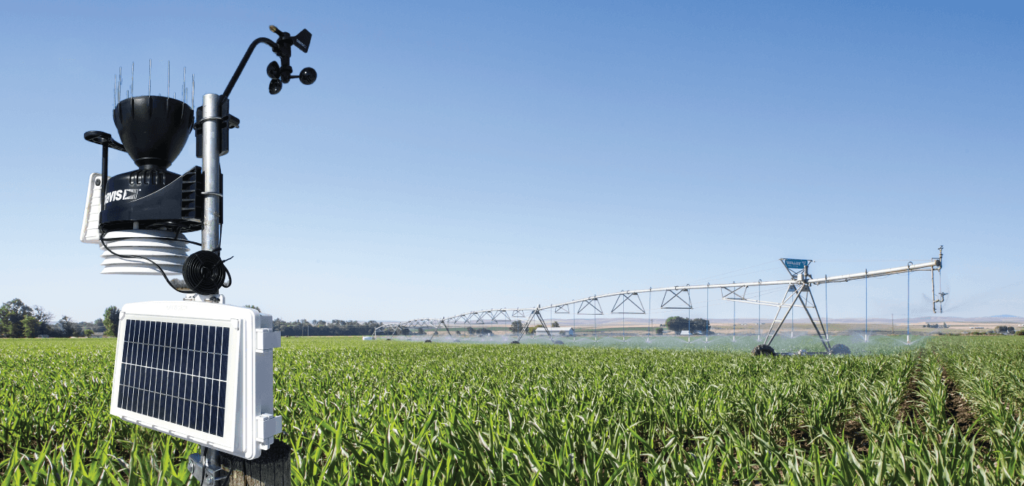In the world of agriculture, water is a precious resource that can make or break a harvest. Ensuring that crops receive the right amount of water at the right time is essential for maximizing yields and minimizing water waste. Traditionally, farmers have relied on manual irrigation methods that can be time-consuming, labor-intensive, and inefficient. However, with advancements in technology, remote irrigation systems are revolutionizing the way that farmers manage water resources.
The Benefits of Remote Irrigation Technology
Efficient Water Use
- Remote irrigation systems can be programmed to deliver specific amounts of water to crops based on their individual needs.
- Sensors in the field can detect moisture levels in the soil and relay this information to the system, allowing for precise irrigation scheduling.
- This targeted approach to watering can help farmers avoid overwatering, which can lead to waterlogging and nutrient leaching, as well as under watering, which can stunt plant growth.
Labor Savings
- Remote irrigation systems eliminate the need for manual labor to turn valves, move sprinklers, or monitor water levels.
- Farmers can control the irrigation system from their smartphone or computer, allowing them to make adjustments remotely without having to be physically present in the field.
- This not only saves time and labor costs but also enables farmers to focus on other aspects of their operation.
How Remote Irrigation Systems Work
Remote irrigation systems consist of a network of sensors, controllers, and valves that work together to deliver water to crops efficiently and effectively. Here's how it works:
Sensor Technology
- Soil moisture sensors are buried in the ground at various depths to measure the amount of water in the soil.
- Weather sensors collect data on temperature, humidity, and precipitation, which can help determine evapotranspiration rates and calculate crop water requirements.
Controller Units
- The controller unit receives data from the sensors and uses this information to determine when and how much water to apply to the crops.
- Farmers can program the controller unit to create customized irrigation schedules based on crop type, soil type, and weather conditions.
Valve Automation
- Valves are responsible for regulating the flow of water to different sections of the field.
- Automated valves can be remotely controlled by the farmer to open, close, or adjust the flow of water as needed.
Challenges and Considerations
Initial Investment
- Remote irrigation systems require an upfront investment in equipment and technology.
- However, many farmers find that the long-term benefits in water savings and increased crop yields outweigh the initial costs.
Reliability and Maintenance
- Like any technology, remote irrigation systems require regular maintenance and monitoring to ensure they are functioning properly.
- It is important for farmers to have a backup plan in case of system malfunctions or power outages that could disrupt irrigation schedules.
Technological Know-How
- Some farmers may be hesitant to adopt remote irrigation technology due to a lack of familiarity with the equipment and software.
- Training and support from manufacturers or agricultural extension services can help farmers overcome this barrier and feel confident in using the technology.
Case Study: Remote Irrigation in Action
To see the power of remote irrigation technology in action, let's take a look at a case study of a farm that has successfully implemented a remote irrigation system:
Smith Family Farms
- Location: Central California
- Crops: Almonds, tomatoes, and grapes
- Challenges: Inconsistent water availability, labor shortages
- Solution: Installed a remote irrigation system with soil moisture sensors and weather monitoring capabilities
- Results: Increased water efficiency, improved crop yields, reduced labor costs
Conclusion
Remote irrigation technology is transforming the way that farmers manage water resources, improve crop yields, and optimize labor efficiency. By harnessing the power of sensors, controllers, and valves, farmers can ensure that their crops receive the right amount of water at the right time, leading to healthier plants and higher yields. While there are challenges to overcome, the benefits of remote irrigation systems far outweigh the costs, making it a valuable investment for modern agriculture.

